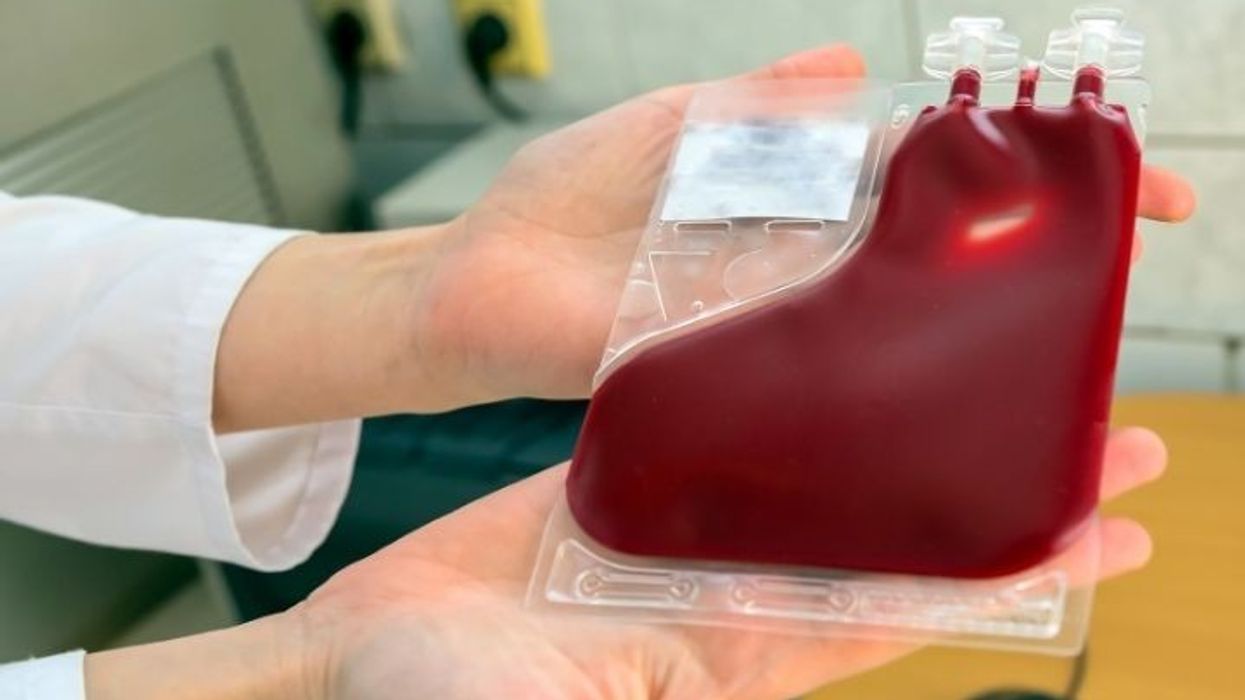June is PTSD awareness month. Post-Traumatic Stress Disorder (PTSD) is a mental health condition triggered by experiencing or witnessing a traumatic event. While PTSD can affect anyone, research shows that minorities in the United States are disproportionately affected by this condition. Understanding the unique challenges faced by minority communities in relation to PTSD is crucial for developing effective support systems and treatment strategies.
Prevalence and Risk Factors
Minority populations, including African Americans, Latinos, Native Americans, and Asian Americans, often experience higher rates of PTSD compared to their white counterparts. Various factors contribute to this disparity, including higher exposure to violence, discrimination, and socioeconomic stressors.
- Exposure to Violence: Minority communities are often disproportionately affected by violence. For instance, African Americans and Latinos are more likely to live in neighborhoods with high crime rates, increasing their risk of witnessing or experiencing violent events. Studies have shown that exposure to community violence is a significant predictor of PTSD symptoms .
- Discrimination and Racism: Chronic exposure to racism and discrimination contributes to the development of PTSD. Racial trauma, resulting from experiences of systemic racism, microaggressions, and overt discrimination, can lead to significant psychological distress. This form of trauma is often unrecognized and untreated, compounding its effects .
- Socioeconomic Stressors: Economic hardship, lack of access to quality education, and healthcare disparities contribute to the heightened risk of PTSD in minority communities. These stressors create environments where traumatic events are more likely to occur and less likely to be adequately addressed .
Barriers to Treatment
Minorities face numerous barriers to accessing mental health care, which exacerbates the impact of PTSD. These barriers include:
- Stigma: Mental health stigma is prevalent across all communities but can be particularly pronounced in minority populations. Cultural beliefs and misconceptions about mental health can prevent individuals from seeking help .
- Lack of Culturally Competent Care: There is a significant shortage of mental health professionals who are trained to provide culturally competent care. Without understanding the cultural context and specific experiences of minority patients, healthcare providers may be less effective in treating PTSD .
- Economic and Logistical Barriers: Financial constraints, lack of insurance, and limited availability of mental health services in minority communities further hinder access to treatment. Even when services are available, transportation issues and inflexible work schedules can make it difficult for individuals to attend appointments .
Addressing the Disparities
To effectively address PTSD in minority populations, a multifaceted approach is necessary:
- Increasing Awareness: Public health campaigns aimed at reducing stigma and raising awareness about PTSD in minority communities are essential. These campaigns should highlight the signs and symptoms of PTSD and emphasize the importance of seeking help .
- Culturally Competent Care: Training mental health professionals in cultural competence is crucial. This training should include understanding the unique stressors and traumas experienced by minority populations and developing culturally appropriate treatment strategies .
- Community-Based Interventions: Developing community-based mental health services can improve access to care. This approach involves integrating mental health services into existing community organizations and using community health workers to reach underserved populations .
- Policy Advocacy: Advocating for policies that address the social determinants of health, such as improving economic opportunities, education, and access to healthcare, is vital. Reducing these stressors can decrease the prevalence of PTSD and improve overall mental health outcomes for minorities .
PTSD is a significant public health issue that disproportionately affects minority populations due to higher exposure to trauma, systemic racism, and socioeconomic challenges. Addressing these disparities requires a concerted effort to increase awareness, provide culturally competent care, and improve access to mental health services. By tackling the root causes and barriers to treatment, we can promote healing and resilience within minority communities.
References
- American Psychological Association. (2020). Stress in America: Stress and Health Disparities. Retrieved from apa.org
- Roberts, A. L., Gilman, S. E., Breslau, J., Breslau, N., & Koenen, K. C. (2011). Race/ethnic differences in exposure to traumatic events, development of post-traumatic stress disorder, and treatment-seeking for post-traumatic stress disorder in the United States. Psychological Medicine, 41(1), 71-83.
- Williams, D. R., & Mohammed, S. A. (2009). Discrimination and racial disparities in health: evidence and needed research. Journal of Behavioral Medicine, 32(1), 20-47.
- Office of Minority Health. (2019). Mental Health and African Americans. Retrieved from minorityhealth.hhs.gov
- U.S. Department of Health and Human Services. (2021). Mental Health Disparities: Diverse Populations. Retrieved from hhs.gov
- Gee, G. C., & Ford, C. L. (2011). Structural racism and health inequities: Old issues, new directions. Du Bois Review: Social Science Research on Race, 8(1), 115-132.


















